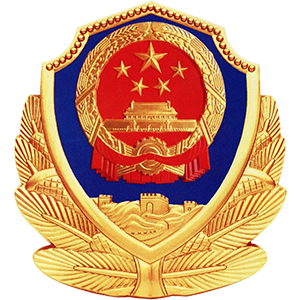General Expressions of Constitutive Equations for Isotropic Elastic Damaged Materials
-
摘要: 直接从不可逆热力学基本定律出发,推导出弹性各向同性损伤材料本构方程的一般形式,克服了由应变等效假设建立的经典损伤本构方程的缺陷,并阐明了两种各向同性弹性损伤模型(单标量模型与双标量模型)之间的联系.研究表明,采用单标量描述的损伤模型,在材料损伤本构方程中含有两个“损伤效应函数”,反映损伤对于两个弹性常数的不同影响.应变等效假设给出的损伤本构方程,是该文方程的一个近似形式,常常不能满意地描述实际材料的损伤行为.Abstract: The general expressions of constitutive equations for isotropic elastic damaged materials were derived directly from the basic law of irreversible thermodynamics. The limitations of the classical damage constitutive equation based on the well-known strain equivalence hypothesis were overcome. The relationships between the two elastic isotropic damage models (i. e. single and double scalar damage models) were revealed. When a single scalar damage variable defined according to the microscopic geometry of a damaged material is used to describle the isotropic damage state, the constitutive equations contain two "damage effect functions", which describe the different influences of damage on the two independent elastic constants. The classical damage constitutive equation based on the strain equivalence hypothesis is only the first order approximation of the general expression. It may be unduly simplified and may fail to describe satisfactorily the damage phenomena of practical materials.
-
Key words:
- damage mechanics /
- irreversible thermodynamics /
- elastic damage /
- constitutive equation
-
[1] КачановЛМ.Овремениразрущениявусловияхпользучести [J].ИевАНСССРОТН,1958,(8):26-31. [2] Rabotnov Y N.Creep Problems in Structural M embers[M].Amsterdam:North-Holland,1969. [3] Kachanov L M.Introduction to Continuum Damage Mechanic s[M].Dordrecht:Martinus Nijhoff Publishers,1986. [4] Chaboche J L.Continuum damage mechanics:Part Ⅰ-general concepts[J].J Appl Mech,1988,55(1):59-64. [5] Chaboche J L.Continuum damage mechanics:part Ⅱ-damage growth,c rack initiation and crack growth[J].J Appl Mech,1988,55 (1):65-72. [6] Lemaitre J.A Course on Damage Mechanics[M].Berlin:Springer-Verlag,1992. [7] Lemaitre J.Evaluation of dissipation and damage in metals submitted to dynamic loading[A].In:Proc ICM-1[C].Kyoto,1971. [8] Rabier P J.Some remarks on damage mechanics[J].Int J Engng Sci,1989,27(1):29-54. [9] 高蕴昕,郑泉水,余寿文.各向同性弹性损伤的双标量描述[J].力学学报,1996,28(5):542-549. [10] Fares N.Effective stiffness of cracked elastic solids[J].Appl Mech Rev,1992,45:336-345. [11] Kachanov M,Tsukrov I,Shafiro B.Effective moduli of solids with cavities of various shapes[J].Appl Mech Rev,1994,47(1):S151-S174. [12] Cauvin A,Testa R B.Elastoplastic materials with isotropic damage[J].Internat J Solids Structures,1999,36:727-746. [13] Coleman B D,Gurtin M E.Thermodynamics with internal variable[J].J Chen Phys,1967,47:597-613. [14] Kachanov M.On the effective moduli of solids with cavities and cracks[J].Int J Fracture,1993,59:R17-R21. [15] Benvensite Y.On the Mori-Tanaka's method in cracked solids[J].Mech Res Comm,1986,13(4):193-201. -

计量
- 文章访问数: 3121
- HTML全文浏览量: 223
- PDF下载量: 808
- 被引次数: 0



 下载:
下载:

 渝公网安备50010802005915号
渝公网安备50010802005915号